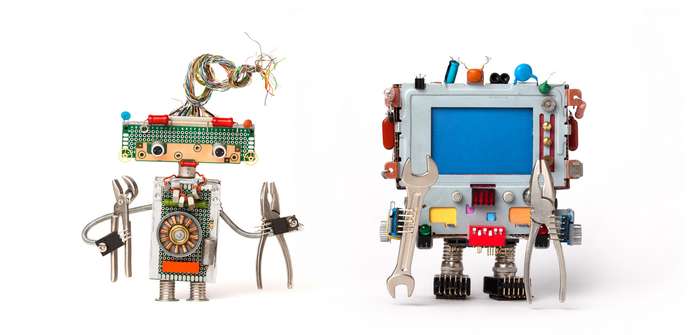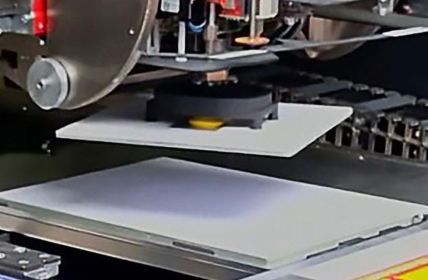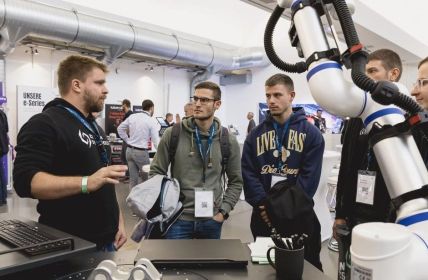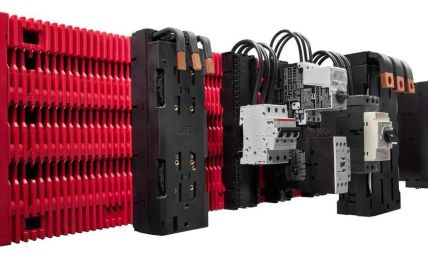StarHub, a telecommunications company from Singapore, is planning a project with the local university NUS (National University of Singapore) to develop a smart campus. Here, IoT solutions will help reduce maintenance costs and optimize security functions
Table of Contents: What awaits you in this article
StarHub: Identifying gaps with 5G and WiFi
The university hopes that the involvement of the local telecommunications provider will enable it to use its 5G technology. This can also be operated independently of existing 4G structures and corresponds with solar-based WiFi technology. These functions are intended to significantly improve property management on campus. Sensors record the current status in real time. Their results are to provide suggestions for improvement after processing.
IoT applications at the university
The two partners can envision a variety of ways to use the IoT technology. For example, the technology could be helpful in security issues, waste disposal, landscape maintenance or housekeeping. They could also be useful for analyzing building structures.
Sanitary sensors to combat waste
In a first attempt, intelligent sensors were installed in sanitary facilities to enable faster reaction to problems. In the future, leaky faucets or defective cisterns will be known more quickly and repaired. This will not only prevent unnecessary water wastage. It will also soon reduce many inspection visits and maintenance intervals.
Detectors for cleaning
The developer and the university have also decided to install modules that monitor the use and condition of their sanitary facilities. In this way, they can not only detect the frequency of visitors. An increase in ammonia can also be registered, which can lead to automated messages to cleaning crews. All of this accumulating information ends up on dashboards that enable campus administrators to respond quickly and appropriately.
Drones and robots for greater campus security
The university administration can also readily envision IoT technology for securing the test site, which covers several thousand square meters. In particular, 5G cameras, as part of the equipment used by drones and robots, are expected to provide notable gains in general feelings of security as well as increased responsiveness to actual incidents.
Live broadcasts from machines patrolling day and night can transmit suspicious activity on university campuses to security centers for evaluation without latency. The use of artificial intelligence and the speed of the transmissions made possible by 5G gives everyone involved hope of potential savings of up to 70 percent.














